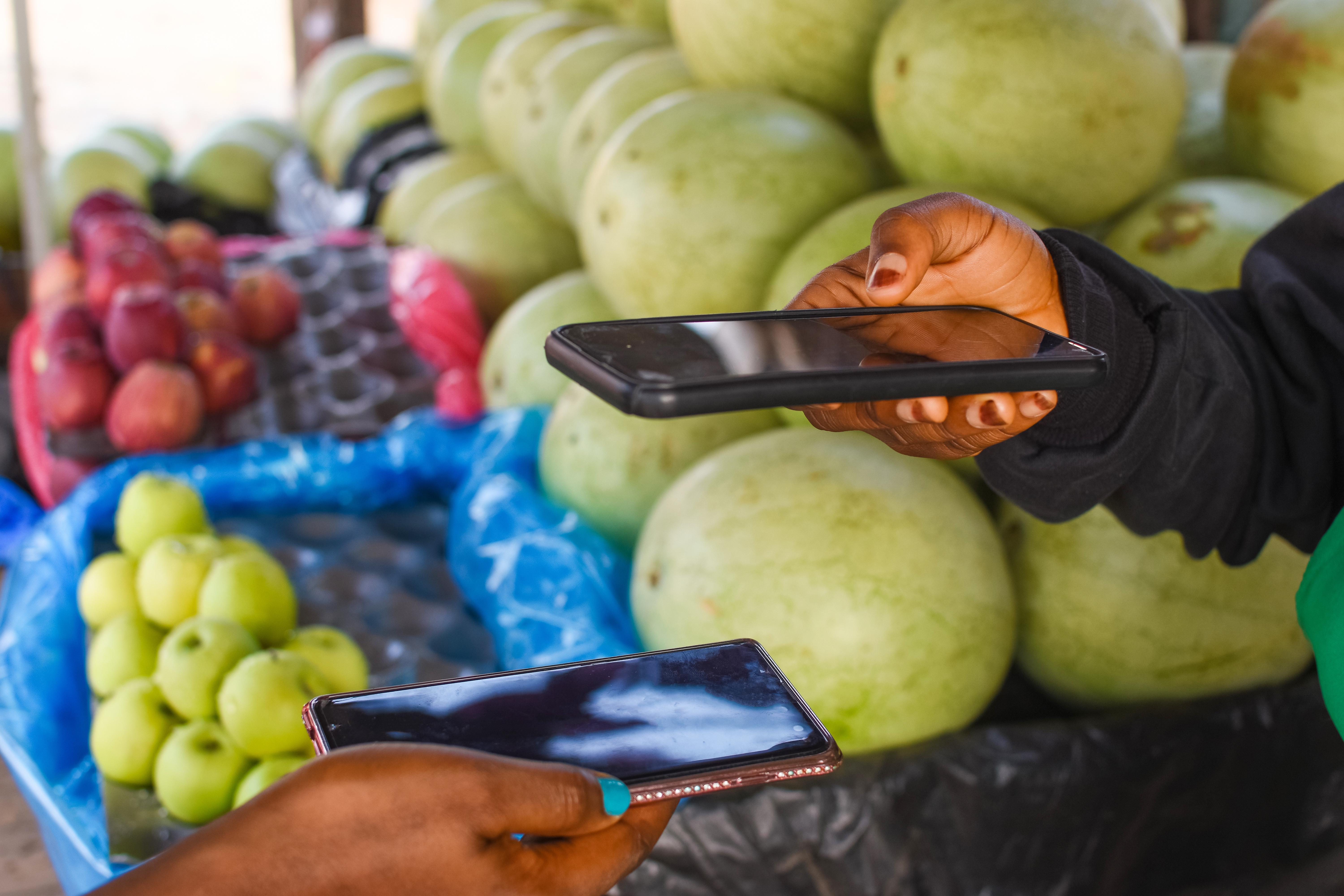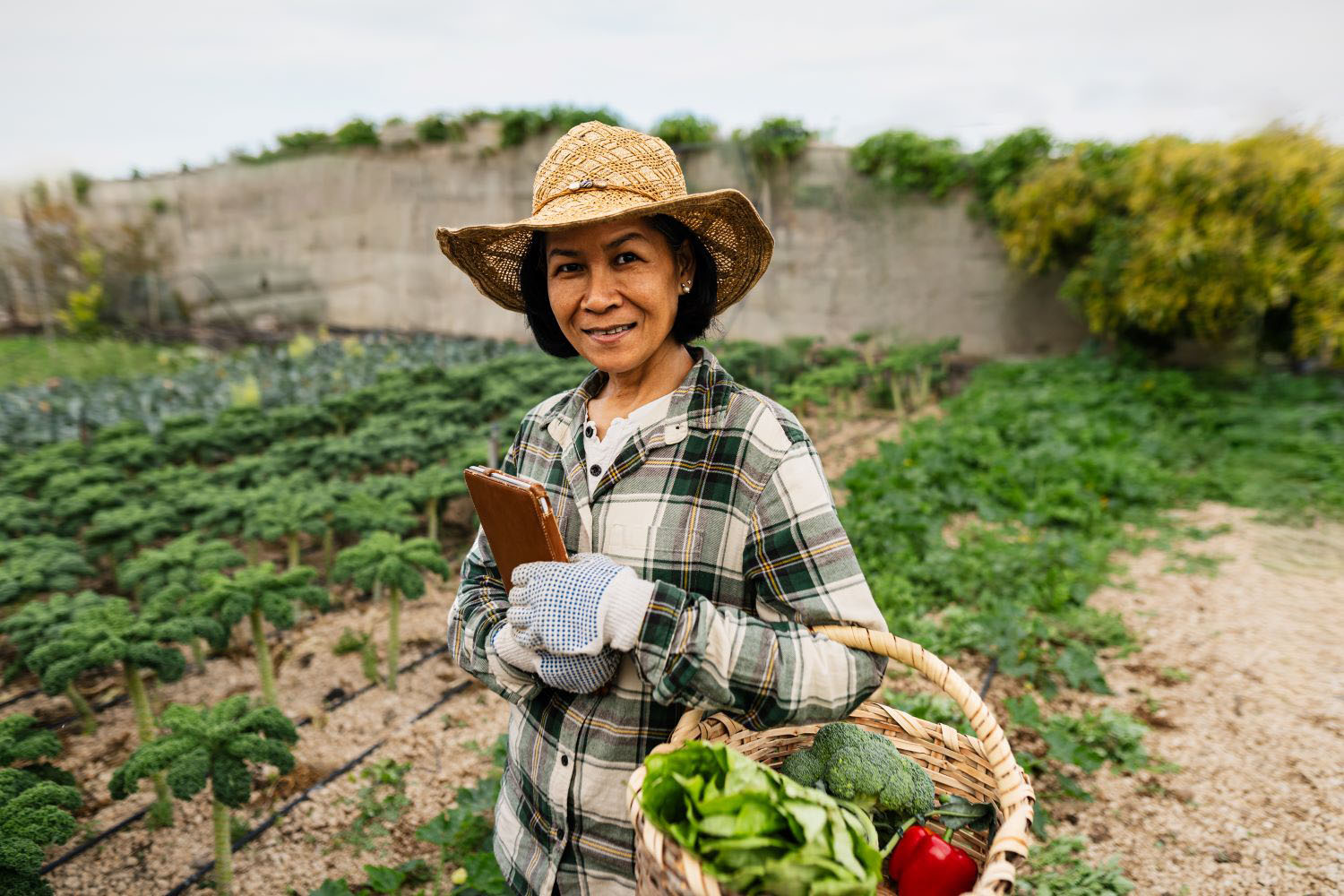Recommended
Kenya has become a poster child for digitally driven development. Known as “Silicon Savannah,” the country has a multi-billion-dollar tech industry that routinely produces startups. Among its most prominent successes is M-Pesa. Launched in 2007, the mobile wallet service revolutionized how Kenyans transacted and catalyzed financial inclusion within the country. According to the latest Findex estimates, 79 percent of Kenyans hold a financial account, compared to the sub-Saharan average of 55 percent.
The success of M-Pesa inspired a 2013 presidential directive that all government payments in Kenya be made digitally. Social protection had recently been made a constitutional right in Kenya, and several cash transfer initiatives consolidated under the flagship Inua Jamii program. The benefits for these programs were distributed in cash, however, which involved armed guards and a clunky reconciliation process. The 2013 directive led to a new payments process in which two banks (not M-Pesa) were contracted to disburse government-to-people (G2P) payments through prepaid cards with no choice for recipients. This process was more efficient, but G2P recipients faced challenges like long trips to cash-out points, and a new choice-based payment system was put in place in 2018.
Much like Kenya’s wider tech sector, the new choice-based system has been held up as a model by the G2P community. Several banks were engaged as payment service providers (PSPs) for all of the programs except the Hunger Safety Net Program (HSNP), which still relied on just one bank. Recipients were to be paid through full-service bank accounts that included debit cards and the ability to link to a mobile wallet, and could choose the bank they would use, with the option to change each year. Competitive models like Kenya’s have featured prominently in discussions on the future of G2P payments.
Does Inua Jamii’s choice model live up to its reputation? To find out we conducted a survey of Inua Jamii recipients covering their satisfaction as users, as well as the program’s effect on financial inclusion and women’s empowerment. It turns out that the choice model is popular among recipients, but the story is a bit more complicated than what is usually presented.
Respondents generally appreciate a choice in PSPs—but the single-payer model is also popular in some contexts
Inua Jamii transfer recipients who could choose their PSP almost universally liked being paid through a bank account. They were also generally aware that changing banks was an option, and a majority of those who knew felt that they were given better service and more respect as a result. Perhaps most tellingly, 81 percent of those who received transfers under both the choice and previous assigned, single bank payment model preferred the new choice-based system.
Yet HSNP respondents also endorsed the assigned model for G2P payments, with all beneficiaries polled claiming the current system worked well. How is it that people can simultaneously report liking systems that do and don’t provide choice over their PSP? The answer comes down to context. HSNP recipients, who for the most part are extremely poor and live in sparsely populated areas, all reported having a cash-out point a mile or less away, largely because of the network of roaming agents supported by their PSP. Even though the survey may have oversampled recipients closer to urban centers, this is a notable result. In denser communities, multiple PSPs can operate, and choice can allow people to gravitate to the most convenient one. Given how few people live in areas served by HSNP, it is less clear that multiple, competing, PSPs could provide a similar service as economically.
Inua Jamii had some positive impact on financial inclusion—but linking it to mobile wallets could do more
Does Inua Jamii’s new payment system increase financial inclusion? Roughly 95 percent of the non-HSNP Inua Jamii recipients we surveyed said they had a digital wallet, but only about 80 percent reported having one previously. This was true too for people who only joined Inua Jamii after the choice model was put in place. Twelve percent of this group did not previously have a bank account or wallet. Growth in financial access was even more dramatic among HSNP recipients. Seventy percent claimed to have a mobile wallet, with none reporting owning one prior to getting benefits.
These gains, however, do not appear to be rooted in the financial services provided through Inua Jamii accounts. Contrary to what is implied by the literature, full-service accounts were not the norm under Inua Jamii at the time of our survey. Of the four PSPs operating during the study, three deposited transfers into limited-service accounts that only allowed storing and withdrawal of funds. Only one offered a full range of services including linking to mobile wallets as a standard feature. These restrictions, likely the result of banks not being allowed to charge Inua Jamii recipients for services, suggest that gains in mobile wallet ownership came from people simply having more money to manage. For HSNP recipients, the restrictions were even tighter since owning mobile phones disqualified them from entering the program. In many cases though, it seems that they purchased a cell phone with their transfers and then opened mobile wallets, a signal of the value of digital communications to the very poor.
Why are Inua Jamii benefits not simply paid into mobile wallets like M-Pesa? One reason seems to be the requirement that PSPs conduct periodic biometric proof-of-life tests on beneficiaries. This policy probably reduces fraud, but it requires PSPs to make significant investments to recoup costs. Some recipients would favor direct payment into a mobile wallet but focus group discussion indicated that others preferred being paid into bank accounts. In homes with shared phones, being paid into a mobile wallet can undermine privacy. For many elderly, visiting a bank is seen as an indicator of status in the community. Ensuring that Inua Jamii accounts can be linked to mobile wallets at no cost would expand the range of services available to beneficiaries, and would account for the preferences of both groups.
Women and caregivers report positive experiences with Inua Jamii
In other areas the survey responses support Inua Jamii’s payment system fairly unambiguously. Generally, women are able to navigate the system as well as men. Caregivers and direct beneficiaries report having very similar experiences with payments too, enabling the most vulnerable in Kenyan society to engage with the system through proxies.
On the whole then, Inua Jamii’s payment system works both effectively and equitably at distributing G2P payments, and where it has been applied, the choice model has been a plus. But the benefits of choice over PSP depend on the local context, and the payment mechanism has not yet seamlessly facilitated the wider use of financial services. Our study tells a positive but complex story, with lessons for other countries.
Disclaimer
CGD blog posts reflect the views of the authors, drawing on prior research and experience in their areas of expertise. CGD is a nonpartisan, independent organization and does not take institutional positions.
Image credit for social media/web: Adobe Stock






